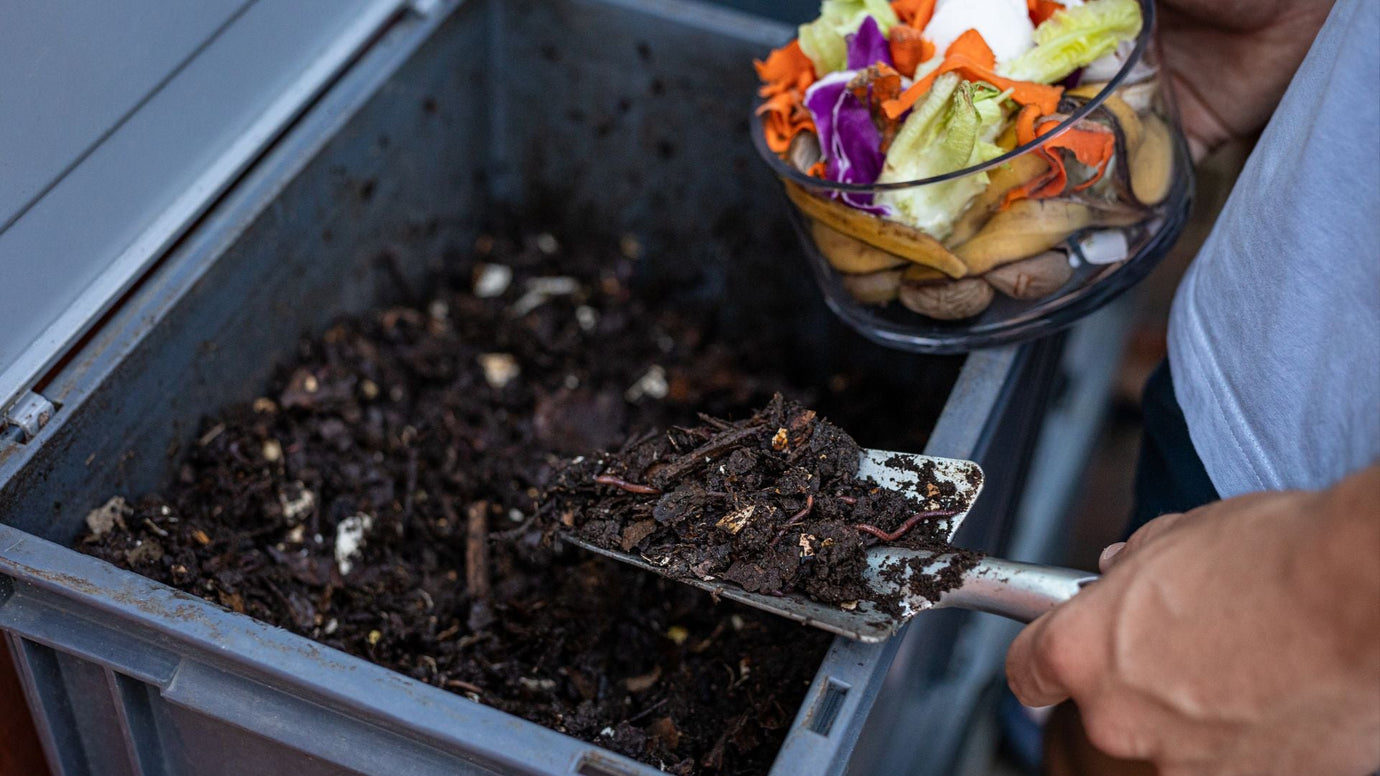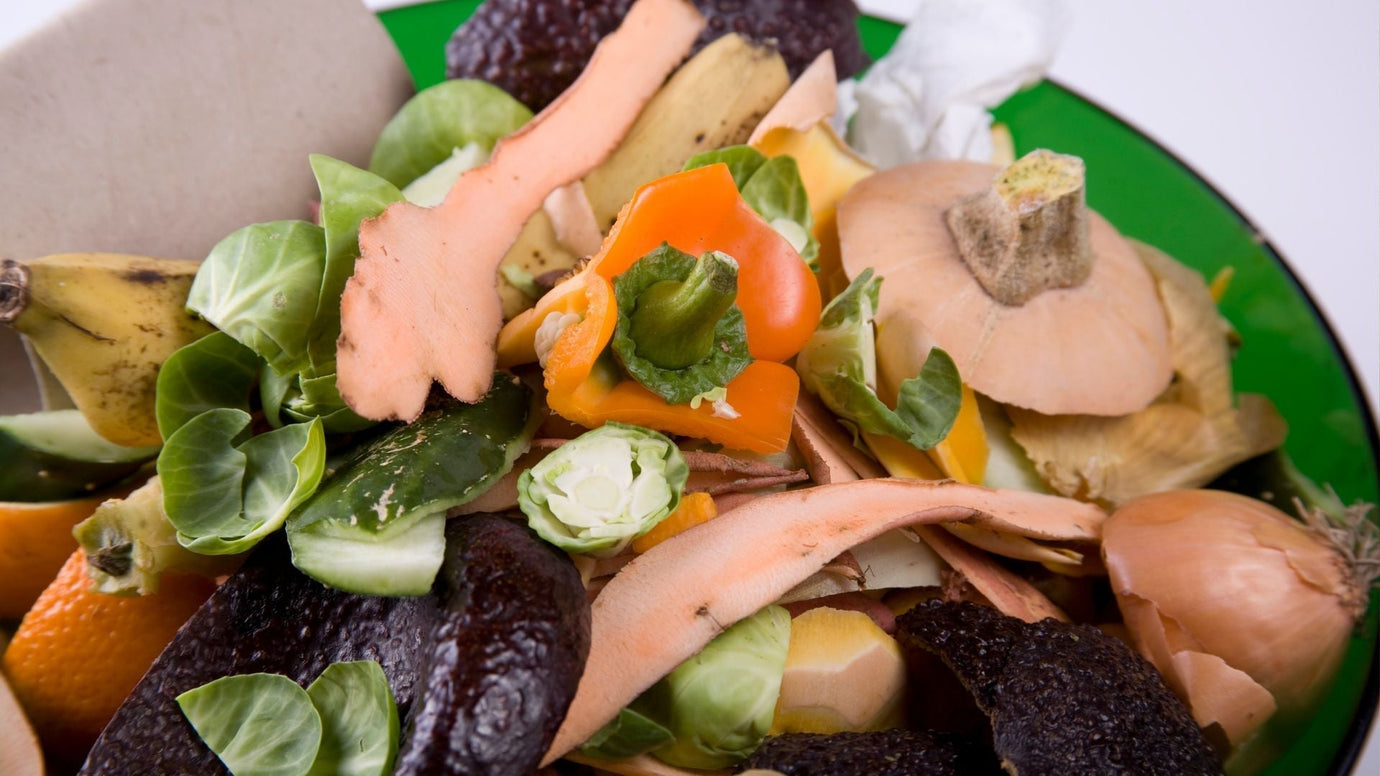The Zero-Waste Kitchen: Creative Ways to Reduce Food Waste
Did you know that one-third of all food produced globally goes to waste? That’s billions of tons of food contributing to overflowing landfills and greenhouse gas emissions. But here’s the good news: with small changes, you can make a significant impact—starting in your kitchen. From smarter meal planning to reducing packaging, reusing food scraps, and even kitchen composting, there are countless ways to create a zero-waste kitchen. A zero-waste kitchen helps the planet, saves money, and inspires creativity.
1. Plan Smart, Waste Less
Meal planning is a game-changer when it comes to reducing food waste. Taking a few minutes each week to jot down meals and the ingredients needed prevents impulse buying and over-purchasing. Before heading to the store, check your pantry and fridge to see what’s already on hand. You might find inspiration for meals using what you have, like turning a forgotten can of beans into a hearty soup.
Shopping with a list can help you stay focused and avoid wasteful temptations. If you see something not on the list, ask yourself if you’ll use it before adding it to your cart. These simple habits ensure you buy only what you need and waste less.
2. Store Food Properly
Storing food the right way can dramatically extend its shelf life. For example, leafy greens last longer when kept in a container with a damp paper towel, while dry goods like rice and flour stay fresh in airtight containers. Knowing how to store different foods can make a big difference in reducing spoilage.
Your freezer is also one of the best tools for preventing waste. Leftovers, overripe bananas, and even fresh herbs can be frozen for future use. For easy portions, try freezing herbs in olive oil in an ice cube tray. These small tweaks help keep food fresh and reduce the likelihood of throwing anything out.
3. Get Creative with Food Scraps
Food scraps don’t always belong in the trash. Vegetable peels and trimmings can be turned into a delicious homemade veggie stock, and stale bread is perfect for making croutons, bread pudding, or breadcrumbs. Finding new uses for scraps can reduce waste and stretch your grocery budget.
You can also regrow certain foods from scraps. Green onions, celery, and lettuce can all grow back when placed in a jar of water near a sunny window. It’s a fun activity and a great way to get more out of your produce. Even citrus peels can have a second life—use them to make homemade cleaners or air fresheners.
4. Embrace Composting
Some scraps are unavoidable, but composting gives them a second chance to do good. Composting helps reduce the waste sent to landfills and turns scraps into nutrient-rich soil. It’s an easy way to close the food waste loop.
If you’re hesitant to start because of odors or space constraints, the Vego Kitchen Composter is a great way to start kitchen composting effortlessly and without any mess. It’s compact and odor-free and transforms scraps into compost in as little as 24 hours. Use your compost to enrich soil for plants, even in small spaces like balcony gardens.
And if you don’t have soil or a garden, that’s okay—you can still throw the compost away. Even then, you’re reducing the volume of waste headed to the landfill and lowering your carbon footprint.

5. Adopt Waste-Reducing Habits
Adopting small habits can significantly cut down on waste. One effective method is the “First In, First Out” (FIFO) rule: organize your fridge and pantry so that older items are used first. Clear containers make it easier to see what you have and prevent forgotten leftovers.
Another tip is to serve smaller portions. People can always take seconds if they’re still hungry, but this reduces uneaten food on plates. And if you find yourself with surplus food, consider sharing with neighbors or donating to local food banks.
Zero-Waste Kitchen Tools and Tips
- Reusable Essentials: Invest in beeswax wraps, silicone storage bags, glass jars, and a reliable kitchen compost bin to reduce single-use plastics and manage food scraps effectively. These tools are eco-friendly, practical, and stylish additions to your kitchen.
- Batch Cooking: Prepare meals in bulk to save time and minimize waste. Portion leftovers into containers for easy reheating throughout the week.
- Track Food Waste: Keep a food waste diary for a week to identify habits and areas for improvement.
- Use Tech: Apps can help track fridge contents, remind you of expiration dates, and reduce waste heading to your compost bin—or the trash.
Start Your Zero-Waste Journey with Vego
Ready to take your zero-waste kitchen to the next level? The Vego Kitchen Composter makes it simple. This compact, odor-free kitchen compost bin transforms food scraps into nutrient-rich compost in hours. Vego helps you turn food waste, from vegetable peels to coffee grounds, into something valuable for your garden or plants.
Unlike traditional composting, Vego is hassle-free and fits into any kitchen. No outdoor space? No problem. Whether you’re a sustainability enthusiast or a beginner, Vego makes reducing waste effortless.
Explore the Vego Kitchen Composter and take the first step toward a greener lifestyle. Together, we can make a difference, one scrap at a time!







